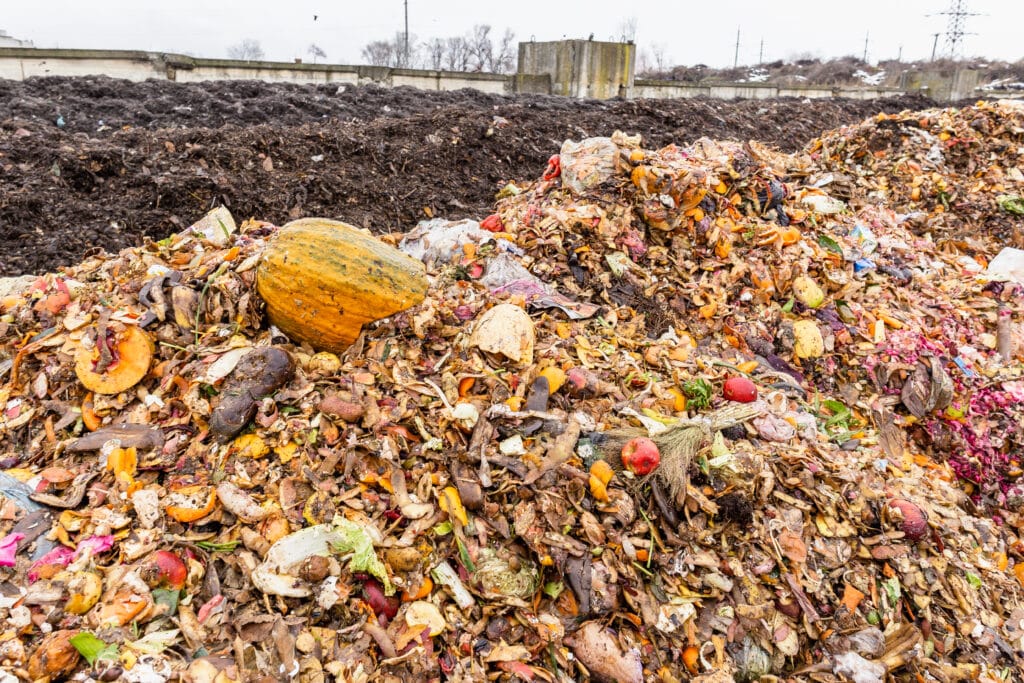This is a far-reaching strategy, published on 12th June 2024. It involves collaboration by three federal agencies, the EPA, USDA and FDA, as well as private and public sector partners. There are many reasons for the food loss and food waste, but one of these is food that is not consumed due to product recalls and withdrawals; although that aspect is not mentioned in the strategy document.
Why is a National Strategy needed?
- The UN Food Waste Index (2024), reports that the US per capita food waste is 73 kg/year for household.
- In the United States, the average family of four spends $1,500 each year on food that ends up uneaten.
- Sixty-six million tons of US municipal waste is food.
- Food is the single most common material found in landfills, comprising 24% of municipal solid waste in landfills.
- Food waste is responsible for 58% of landfill methane emissions released to the atmosphere.
The National Strategy proposes four objectives:
1. Prevent food loss (food that is lost during the supply chain and never reaches retail).
2. Prevent food waste (food that reaches retail but is not consumed).
3. Increase the recycling rate for all organic waste (rather than it ending in landfill).
4. Support policies that incentivize and encourage the prevention of food loss and waste and organics recycling.
The report states “Through this National Strategy for Reducing Food Loss and Waste and Recycling Organics, the Biden-Harris Administration identifies concrete steps—and complementary EPA, USDA and Food and Drug Administration actions—that will accelerate the prevention of food loss and waste where possible and practical, and the recycling of the remainder with other organic waste, across the entire U.S. supply chain”.
This is an urgently needed strategy and an area that needs huge effort and attention.


